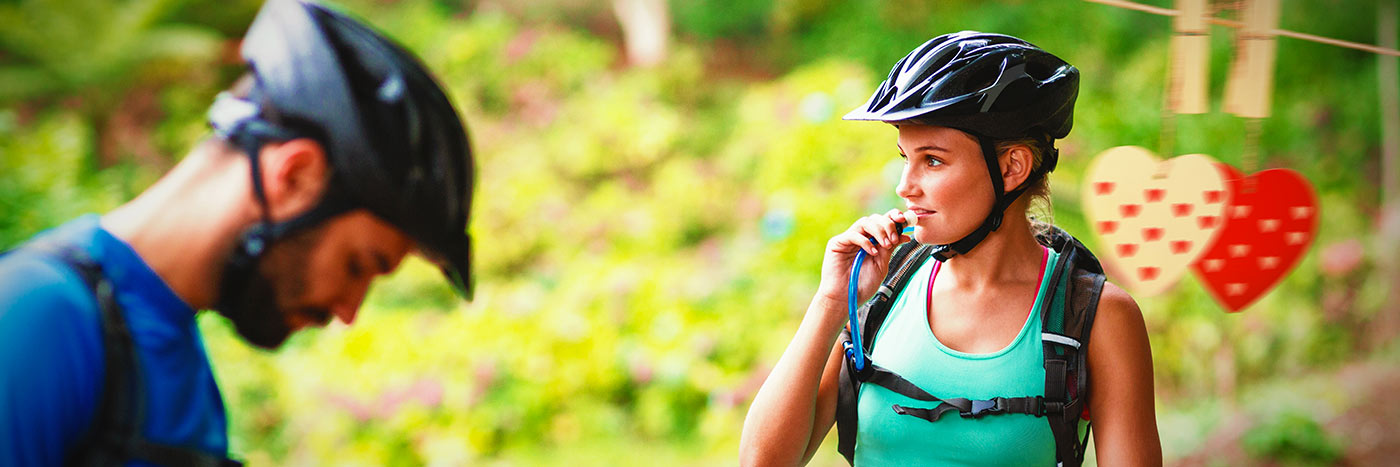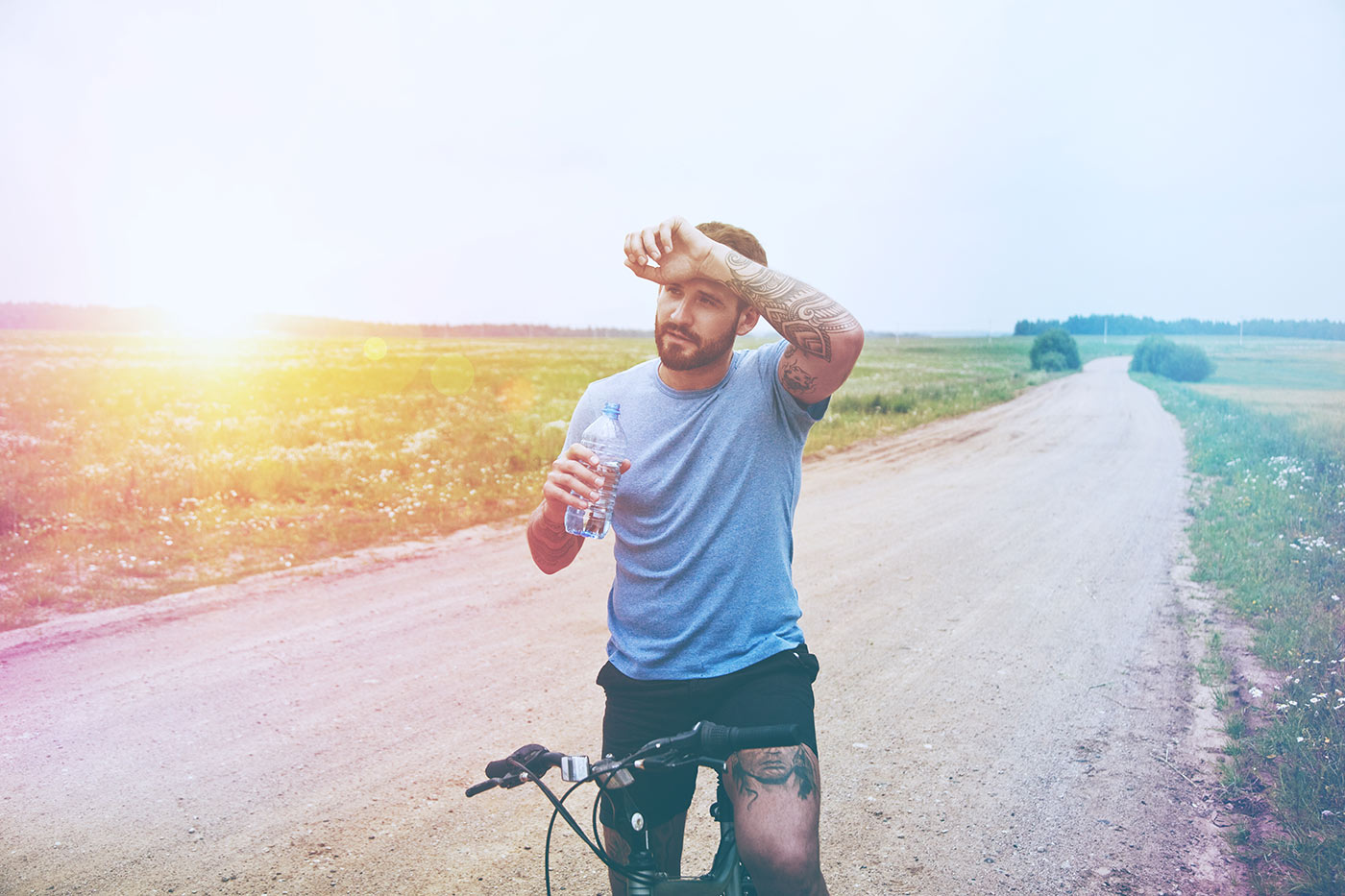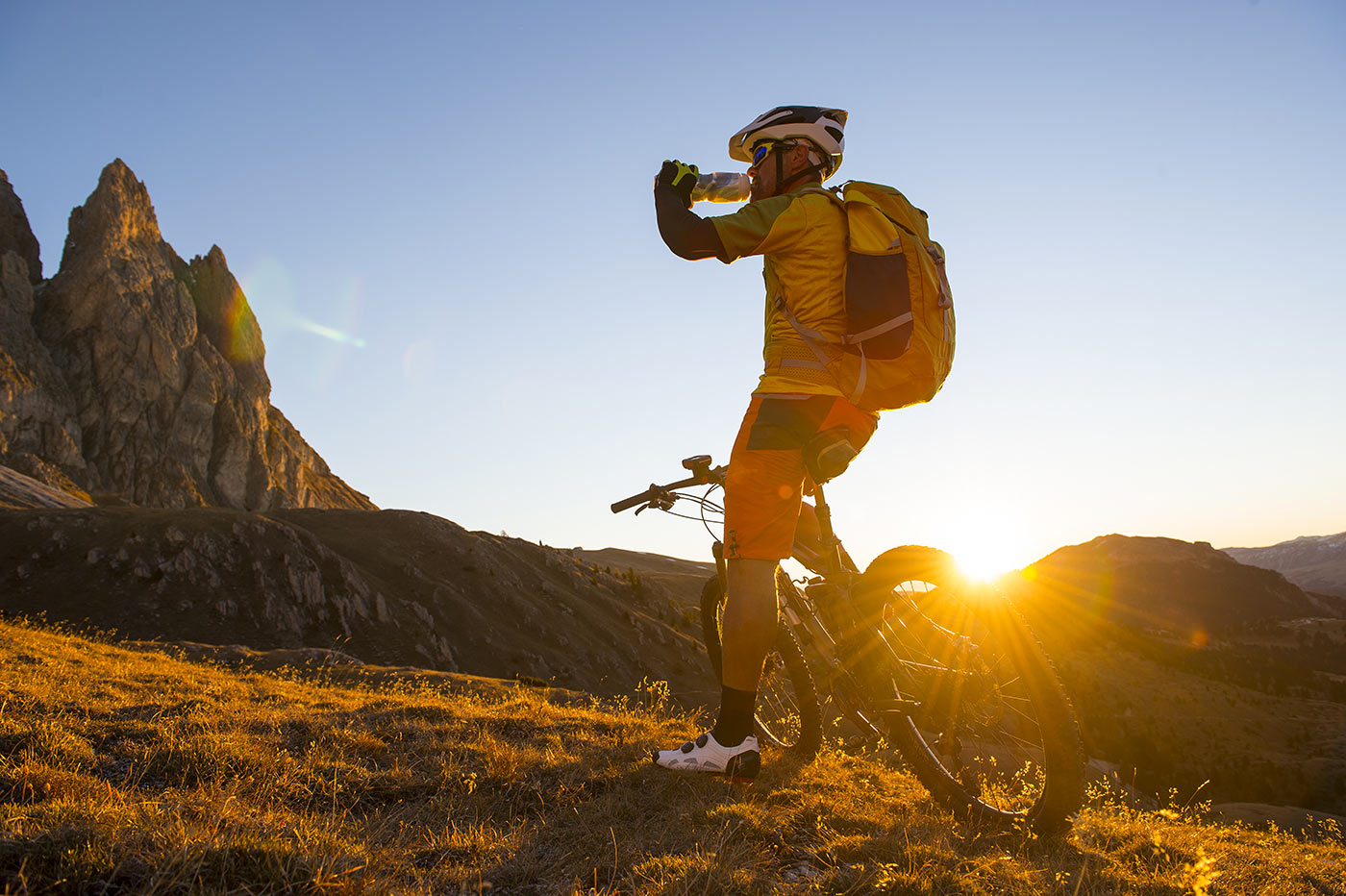Tips for cycling in the heat
Since the human body is composed of about 60% water, it should not be surprising that it is necessary to hydrate it even when following a bike path.
Professional teams take hydration extremely seriously and on stage races or during hard trainings will weigh their riders daily and take urine samples to keep track of it.
Who is training, or is running a competition in stages, could compromise his performance if he does not drink enough water, limiting the benefits of the training performed and lengthening recovery times.
The effects of heat on your cycling performance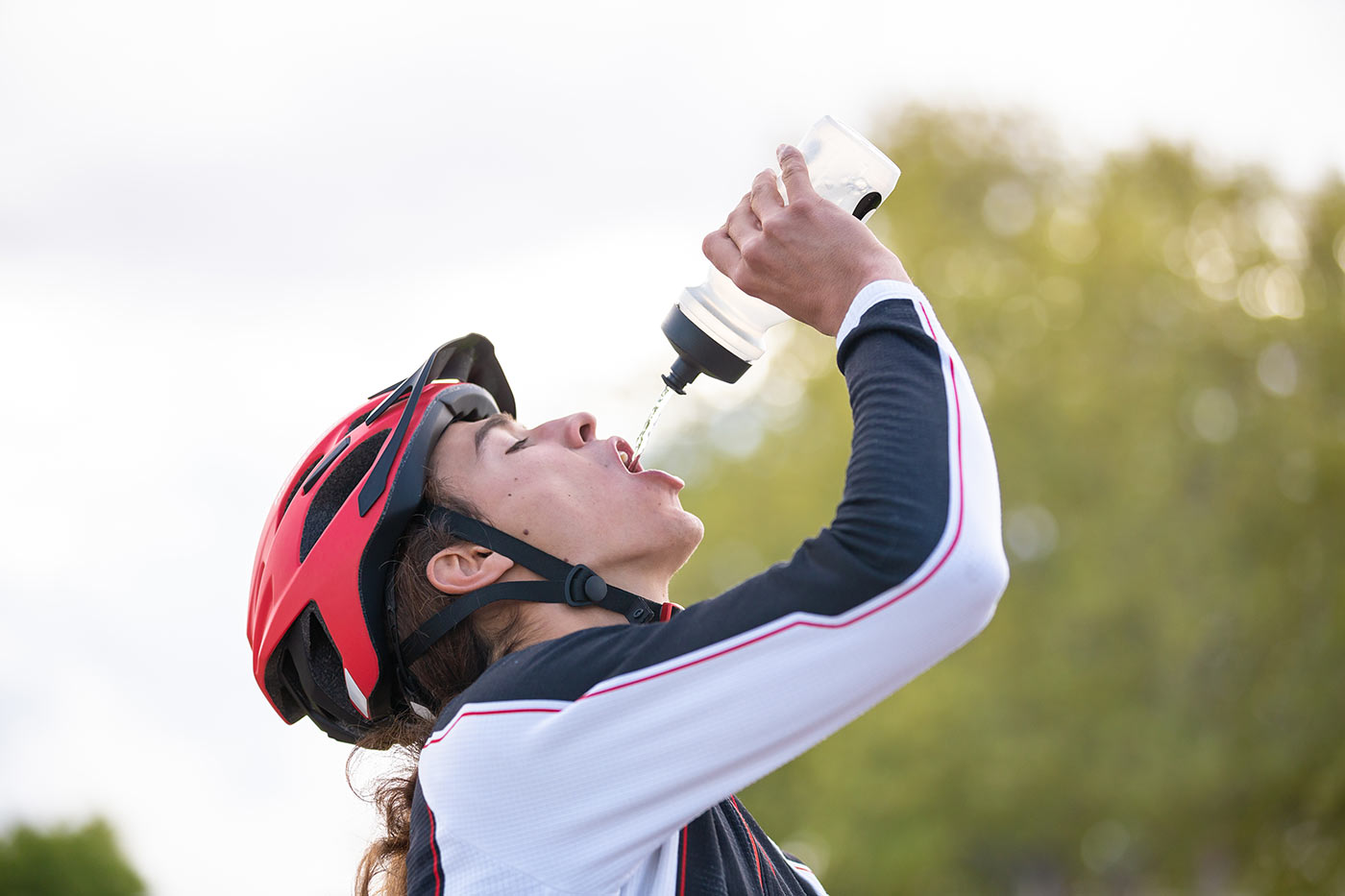
Scientific studies have shown that surprisingly low fluid losses can significantly affect your ability to ride bike.
A 2% drop in body weight due to sweating (1,6 kg for an 80 kg rider) will impair performance noticeably, 4% will decrease your capacity for muscular work and, at 5%, heat exhaustion can become an issue and your capacity for work will drop by up to 30%. Hit 7% and you’ll start experiencing hallucinations and, at 10%, circulatory collapse, heat stroke and even death become possibilities.
The physiological reasons for performance losses due to dehydration are:
- Reduction in blood volume
- Decreased skin blood flow
- Decreased sweat rate
- Decreased heat dissipation
- Increased core temperature
- Increased rate of muscle glycogen use
- Decreased digestive function
Monitoring hydration
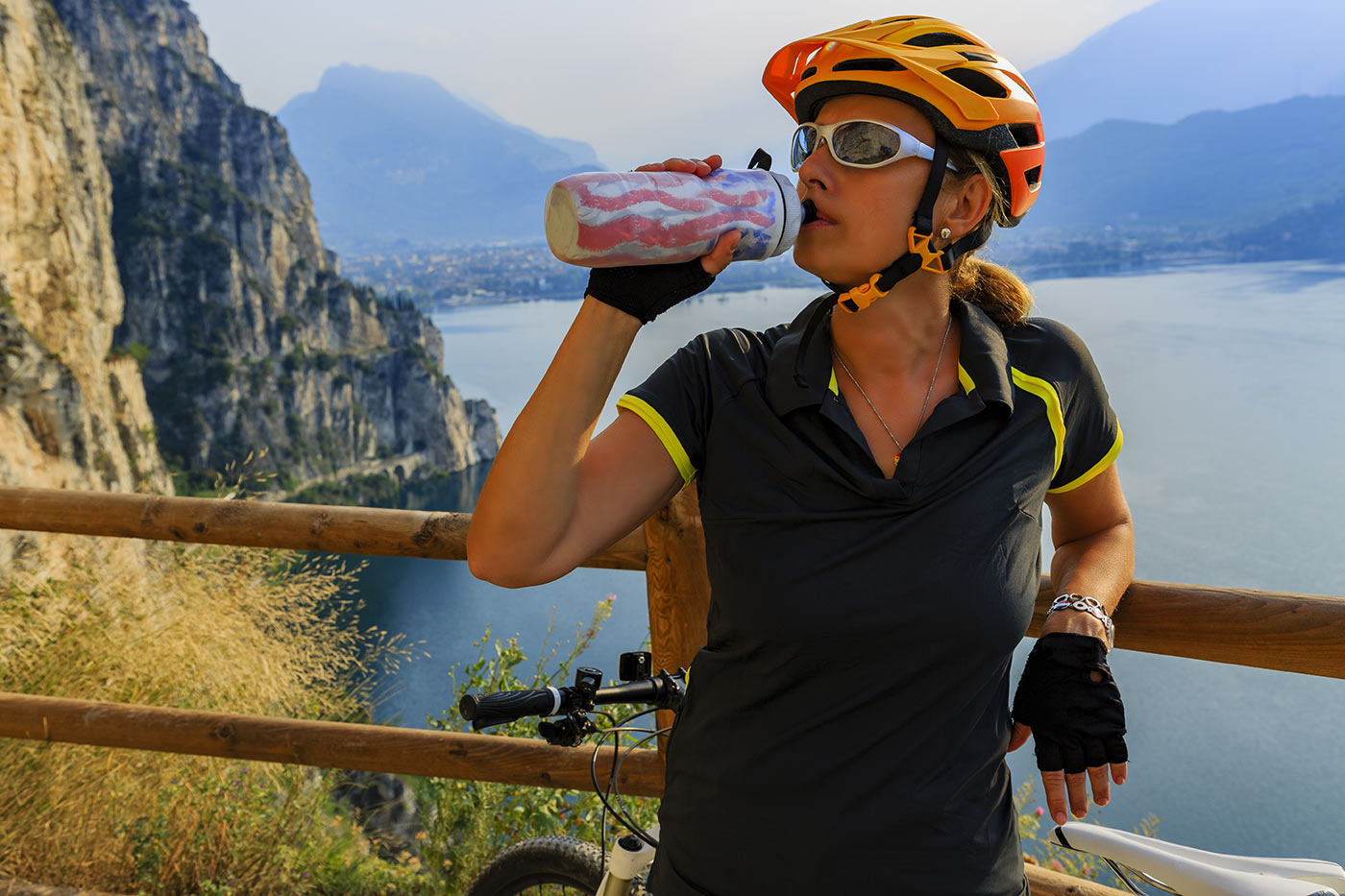
We advise you to weigh yourself daily to monitor, especially if you are already skinny, sudden and significant weight drops that will probably require you to increase your fluid intake.
What to drink daily
Before considering what, when and how much to drink on the bike, making sure you stay well hydrated all the time will mean maintaining optimal hydration levels when riding will be far easier.
Monitor your hydration levels using the techniques above and try to drink 2-3 liters of fluids a day whether you’re riding or not. Fruit and vegetable juices, sports drinks and water all count towards this target but alcohol, tea, coffee and sugar laden soft drinks don’t.
What to do before a ride?
If you’ve been monitoring and keeping on top of your day-to-day hydration, there should be no need to drink excessively the night before or in the hours leading up to a ride. In the two hours leading up to a long ride, tough training session or race, sip on 500-750 ml of isotonic sports drink to ensure optimal hydration and fully stocked up energy reserves.
How much to drink while cycling
The best way to get an estimate of how much fluid you need to drink is to conduct a 60-minute sweat test. Having hydrated well during the day, weigh yourself in the nude and note your weight down. Go out and ride your normal sportive or racing intensity for 60 minutes and don’t drink during the ride. As soon as you get home, strip off, towel off any sweat from your skin and weigh yourself again.
The difference in the two weights in grams will equate to total fluid losses in milliliters. Obviously the results will vary according to weather conditions and riding intensity and you may want to perform several tests to get a range of readings but it will still give you a good idea. Most riders will find that they will typically lose 500-1000 ml per hour.
In the next post dedicated to cycling in the heat, we will talk about:
– When to drink while cycling
– What to drink while cycling
– The differences between hypotonic, isotonic and hypertonic substances
– The danger of cramps
